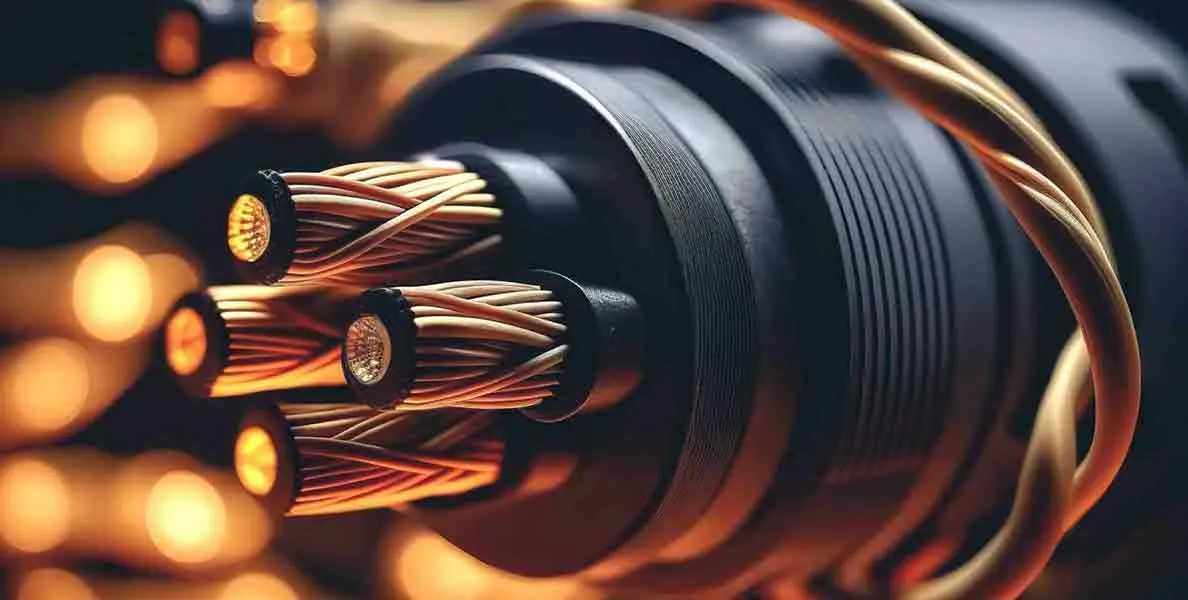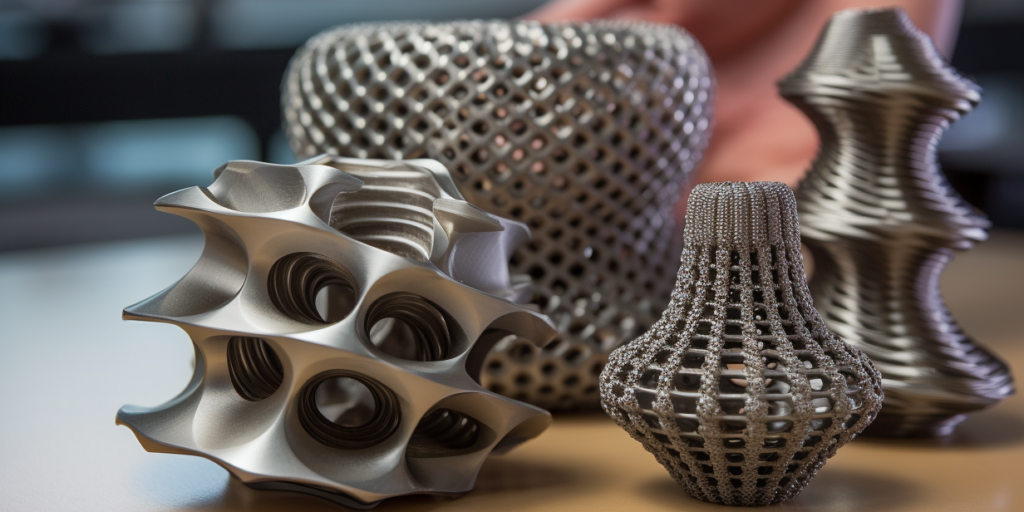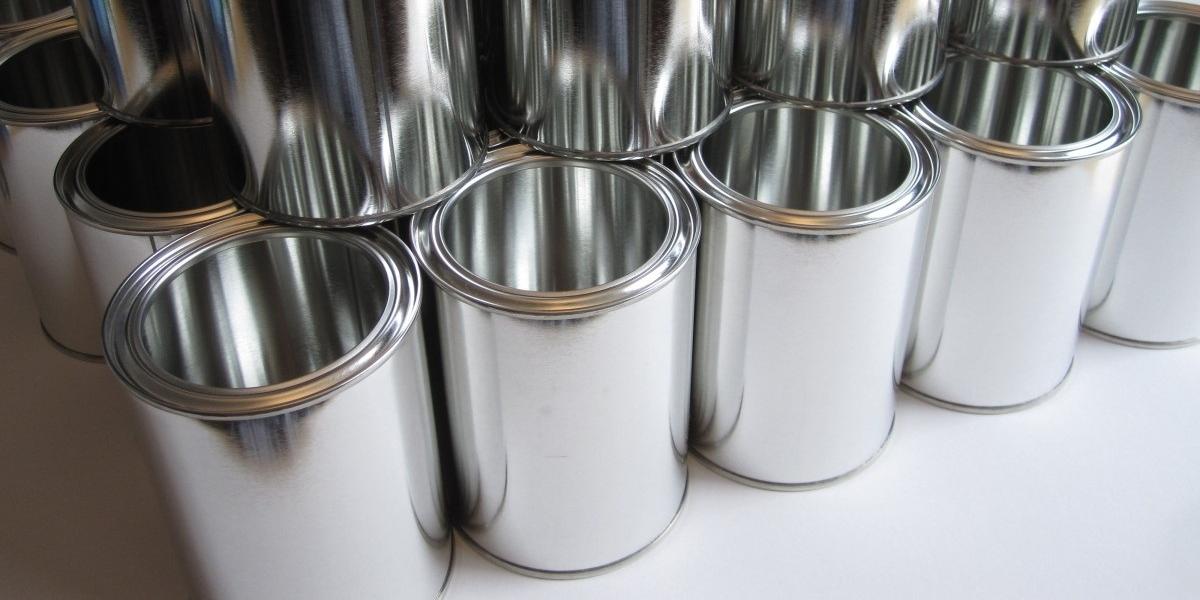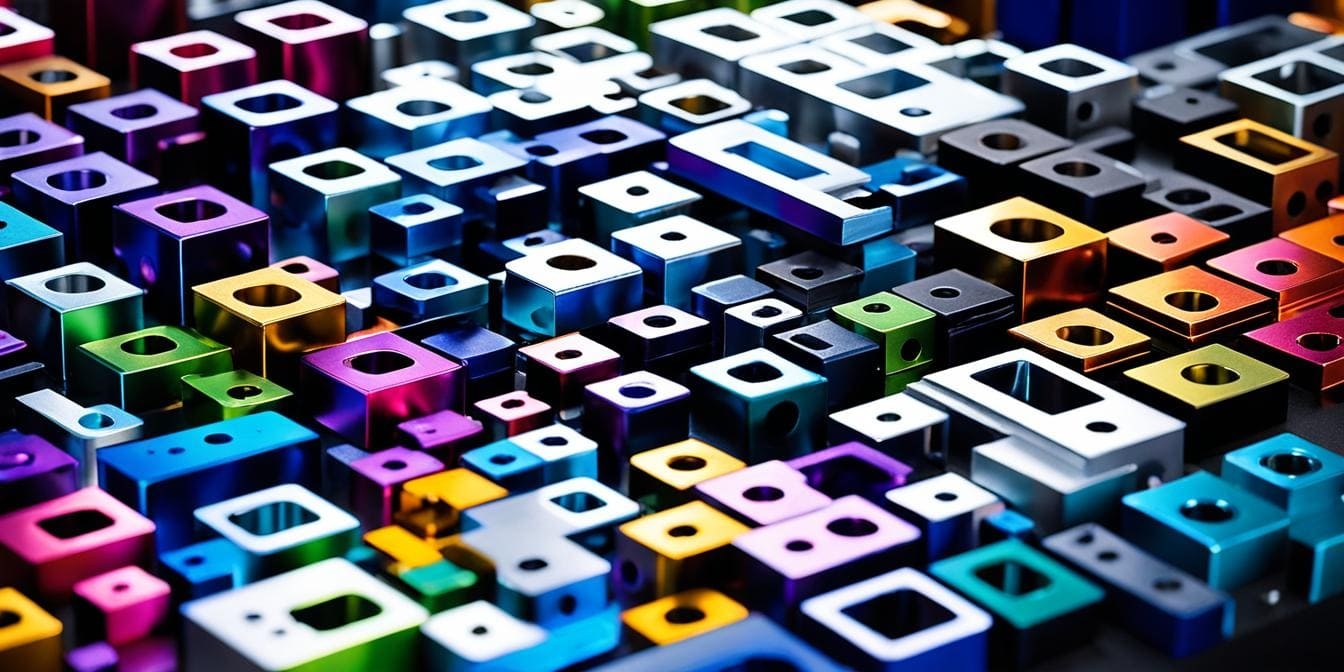It is widely known that pure copper(sometimes called purple or red copper) is a key material in modern manufacturing.
But as the first metal widely used by mankind, copper is so workable that it has spawned tons of varieties, resulting in many people being unable to tell how pure copper really is and what sets it apart from other copper.
This article will explore the key characteristics of this material in manufacturing.
We have another in-depth analysis of bronze, if you are interested, click here.
Properties of Pure Copper
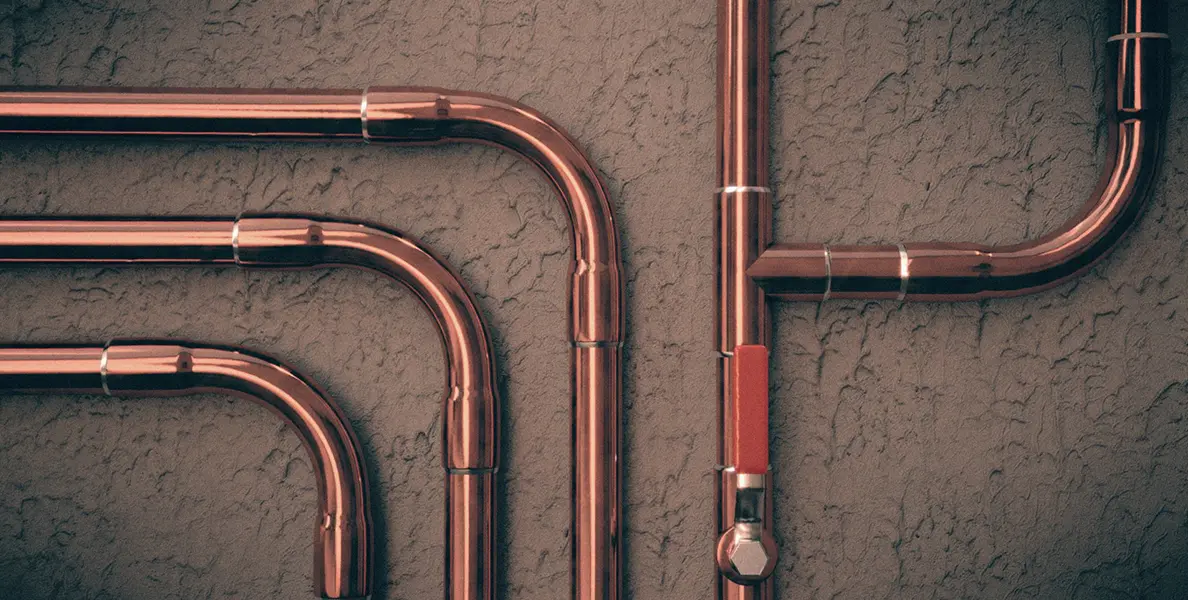
Pure copper, denoted as Cu, is a highly sought-after metal known for its excellent electrical and thermal conductivity.
Composition and Purity
To achieve high purity, pure copper must contain at least 99.95 percent copper(usually 99.99%, often referred to as “four nines” or “electrolytic copper.”).
The acceptable threshold like arsenic impurity is often set at 0.05 percent, ensuring metal retains its desirable properties.
To certify the purity, a specialized analytical setup is utilized, which may include techniques like spectroscopy.
These methods allow for precise measurement of the elemental composition, confirming that it meets industry standards.
Additionally, the temperature can affect its purity levels, as higher temperatures may lead to the volatilization of certain impurities.
How to Distinguish Different Grades of Copper
To distinguish different grades, it’s essential to consider several key factors:
- Conductivity: Electrical-grade copper contains minimal impurities, ensuring high electrical conductivity, which is crucial for wiring and electronic components.
- Color and finish: Different grades may exhibit variations in appearance. For example, high-purity copper tends to have a brighter, more lustrous surface than lower-grade options.
- Testing methods: Such as spectroscopy or chemical analysis, can provide precise information about the alloy composition.
- Mechanical properties: such as tensile strength, can also aid in identification. Higher-grade coppers usually possess superior strength and malleability, making them suitable for demanding applications.
Mechanical and Chemical Properties
- Appearance: Exhibits a reddish-brown color and a metallic luster in its pure form, which can tarnish over time due to oxidation.
- Malleability, flexibility, and ductility: Malleable, flexible, and ductile, easy to shape and work with.
- Corrosion resistance: The metal does not rust easily, which enhances its longevity and reliability in various uses.
- Hardness: Relatively soft, often alloyed with other metals to improve its strength and durability for specific applications.
- Density: Relatively lower than other metals, contributing to its versatility in applications ranging from construction to art.
- High conductivity: Copper offer transmits electrical current. This makes it the preferred choice for electrical wiring and components, ensuring minimal energy loss during transmission.
- Good Thermal Properties: This quality enables it to rapidly transfer heat, making it an ideal material for heat exchangers, cookware, and other applications where efficient heat dissipation is essential.
Uses of Pure Copper
In Electrical Applications
It is highly valued for its exceptional conductivity and ability to efficiently transmit electricity and reduce energy loss, making it the preferred choice for:
- Wires and cables
- Electrical components
- Circuit boards
- Connectors
In Construction and Architecture
It is celebrated for its durability and aesthetic appeal. It is commonly used in:
- Roofing
- Gutters
- Downspouts
- Protective patina
In Aerospace
The aerospace industry’s reliance on it helps to improve performance and reliability in challenging environments.
It is utilized in various components, including:
- Electrical systems
- Heat exchangers
Pure Copper vs Copper Alloy
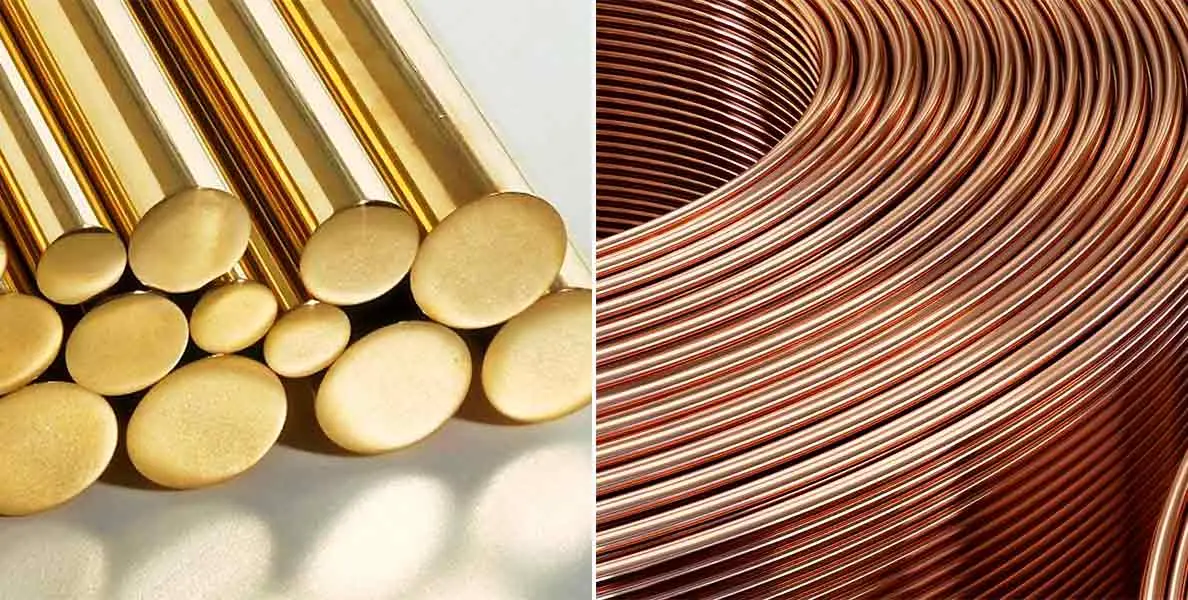
Pure is known for its excellent electrical abilities. Its malleability allows for easy shaping and forming, which is beneficial in various applications.
However, it is relatively soft, limiting its use in harsh environments.
On the other hand, alloys, such as bronze and brass, are created by combining copper with other metals like tin or zinc.
These alloys often exhibit enhanced strength, durability, and resistance to corrosion.
| Attribution | Pure | Alloy |
| Composition | Monomers | With tin or zinc |
| Strength | Relatively Soft | Good |
Hammered Copper vs Pure copper
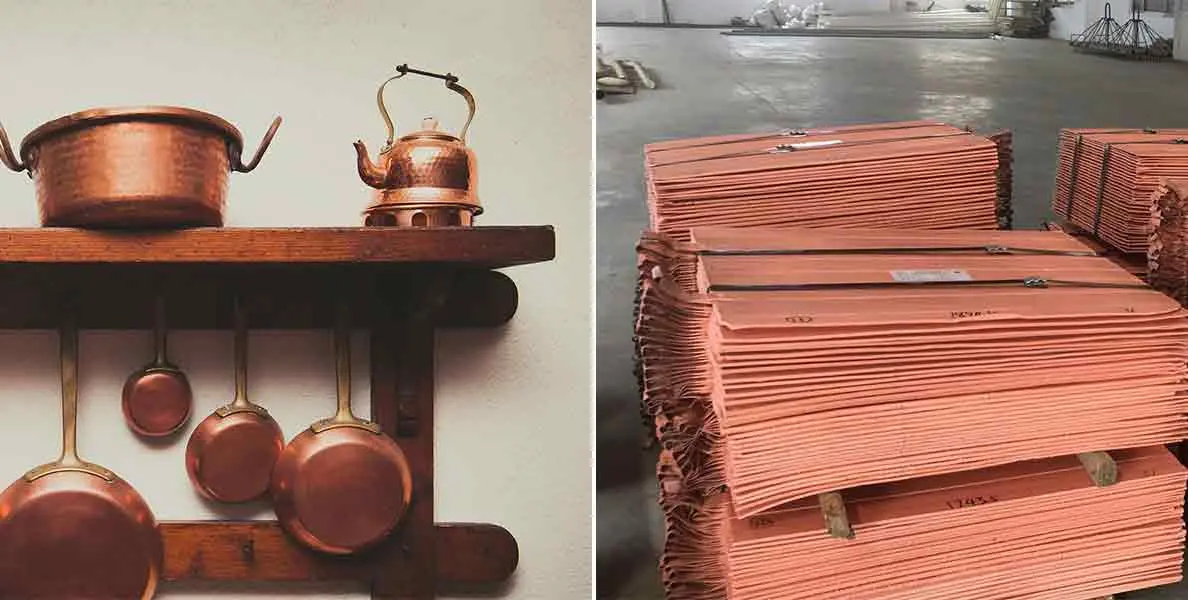
Hammered have been physically manipulated through hammering techniques, resulting in a textured surface.
This process not only enhances the aesthetic appeal of the metal but also increases its durability and strength.
The unique finish makes it a popular choice for decorative items, cookware, and artistic applications, as it can reflect light beautifully and create a rustic charm.
Pure retains its natural properties without additional elements. While it is generally softer and more malleable than its hammered counterpart, it can be prone to scratching and tarnishing.
| Attribution | Pure | Hammered |
| Status of Processing | Retains its natural | Through hammering techniques |
| Hardness | Softer | Harder |
| Aesthetic Performance | Relatively Worse | Better |
| Malleability | Better | Worse |
| Scratching/ Tarnishing Resistance | More prone | Better |
Bare Copper vs Pure Copper
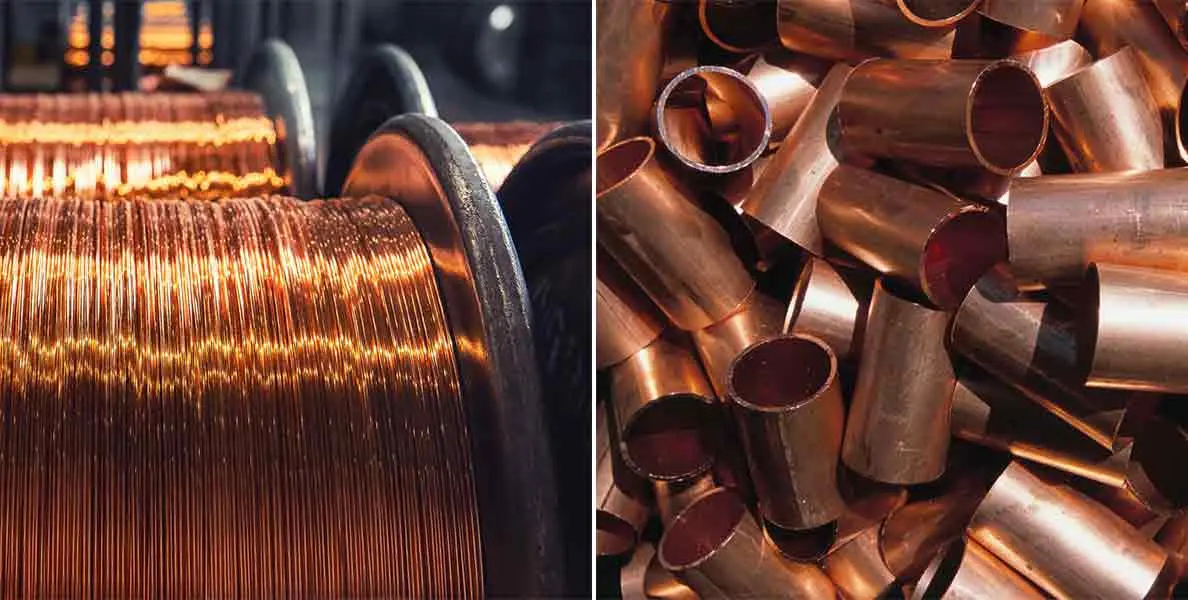
Bare refers to copper that has not been coated or insulated. The absence of insulation allows for maximum electrical flow, making it a preferred choice for grounding and bonding applications.
However, it is susceptible to oxidation and decreased conductivity over time.
The latter has a high degree of purity, typically over 99.9%. This type is known for its excellent electrical and thermal conductivity, making it ideal for high-performance applications, including electronics and power systems.
It also exhibits better resistance to corrosion and lifespan.
| Attribution | Pure | Bare |
| Status of Processing | Retains its natural | Not been coated or insulated |
| Conductivity | Good | Good, but decrease over time |
| Purity | Higher | Lower |
| Common Application | Electronics and power systems | Grounding and bonding applications |
| Resistance to Corrosion | Better | Relatively worse |
| Lifespan | Longer | Shorter |
Tinned Copper vs Pure Copper
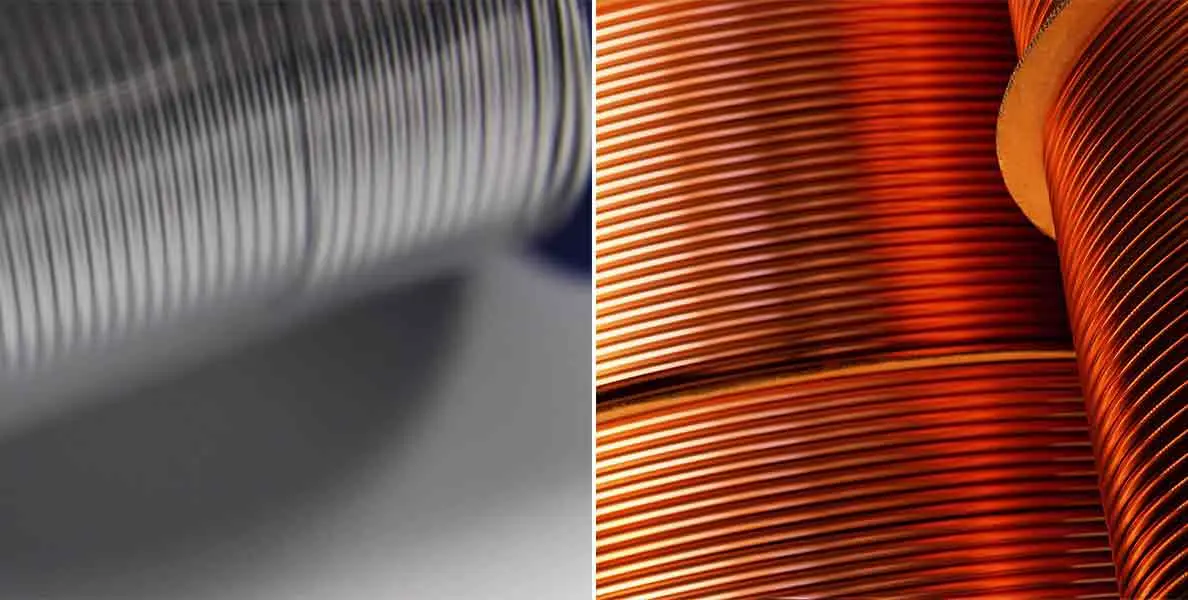
Tinned is wire-coated with a thin layer of tin to enhance its resistance to corrosion and oxidation. It is an excellent choice for marine or automotive wiring.
Additionally, the tin coating can improve solderability during electrical connections.
The latter is known for its superior electrical conductivity. It is often preferred in applications where maximum conductivity is crucial, such as high-performance electrical systems and components.
However, it is more susceptible to corrosion and tarnishing.
| Attribution | Pure | Tinned |
| Status of Processing | Retains its natural | wire-coated with a thin layer of tin |
| Conductivity | Better | Worse |
| Anti-Oxidation | Worse | Better |
| Suited Application | High-performance electrical systems and components | Marine or automotive wiring |
Conclusion
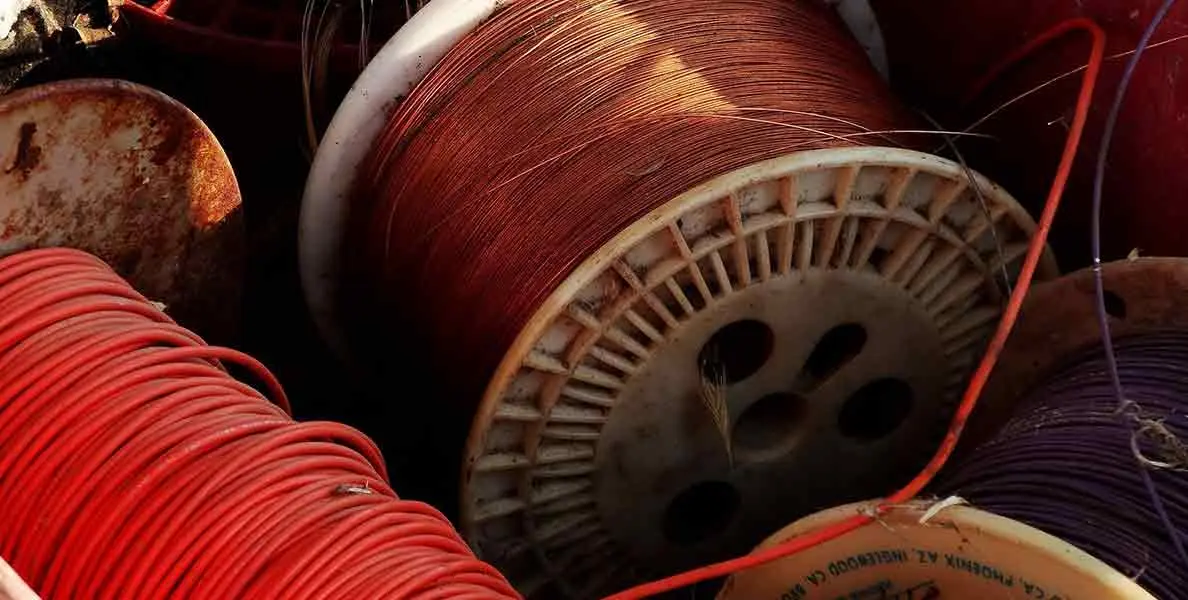
To summarize, pure copper is unalloyed copper with the highest purity. It is favorable for applications requiring thermal and electrical support but also compromises hardness.
Choose this material based on specific needs, as it offers unique advantages over other types of copper.
How Does XMAKE Handle Copper and Metals?
As the world’s leading digital manufacturing platform, XMAKE manufactures the best quality copper-related products with maximum safety and efficiency in production.
FAQS
Q1: What is the highest grade of copper used in wire production?
A: The highest grade of copper used in wire production is commercially pure copper, often classified as C10100, which contains a very low amount of impurities.
Q2: How can I determine the purity of copper wire?
A: To determine the purity, you can conduct tests such as measuring its resistivity, checking its density, or obtaining certification from the manufacturer that speaks volumes about the product’s quality.
Q3: What is the significance of the density of copper wire?
A: The density is approximately 8.92 grams per milliliter, which indicates its mass per unit volume, and is a key factor in determining its suitability for various applications.
Q4: Can copper wire oxidize and how does it affect performance?
A: Yes, the wire can oxidize over time, especially when exposed to moisture and air, which can create an impurity layer that affects conductivity and overall performance.
Q5: What are the low magnetic properties of copper wire beneficial for?
A: The low magnetic properties of wire are beneficial in applications where electromagnetic interference needs to be minimized, making it ideal for sensitive electronic appliances.
References
- Copper – KopperChina.com. (n.d.). https://www.kepuchina.cn/article/articleinfo?business_type=100&classify=0&ar_id=482021
- Difference between the purple copper belt and brass belt: material, performance, and application analysis Copper Products Official Website. (n.d.). https://www.jtcopper.com/hghy/25157

